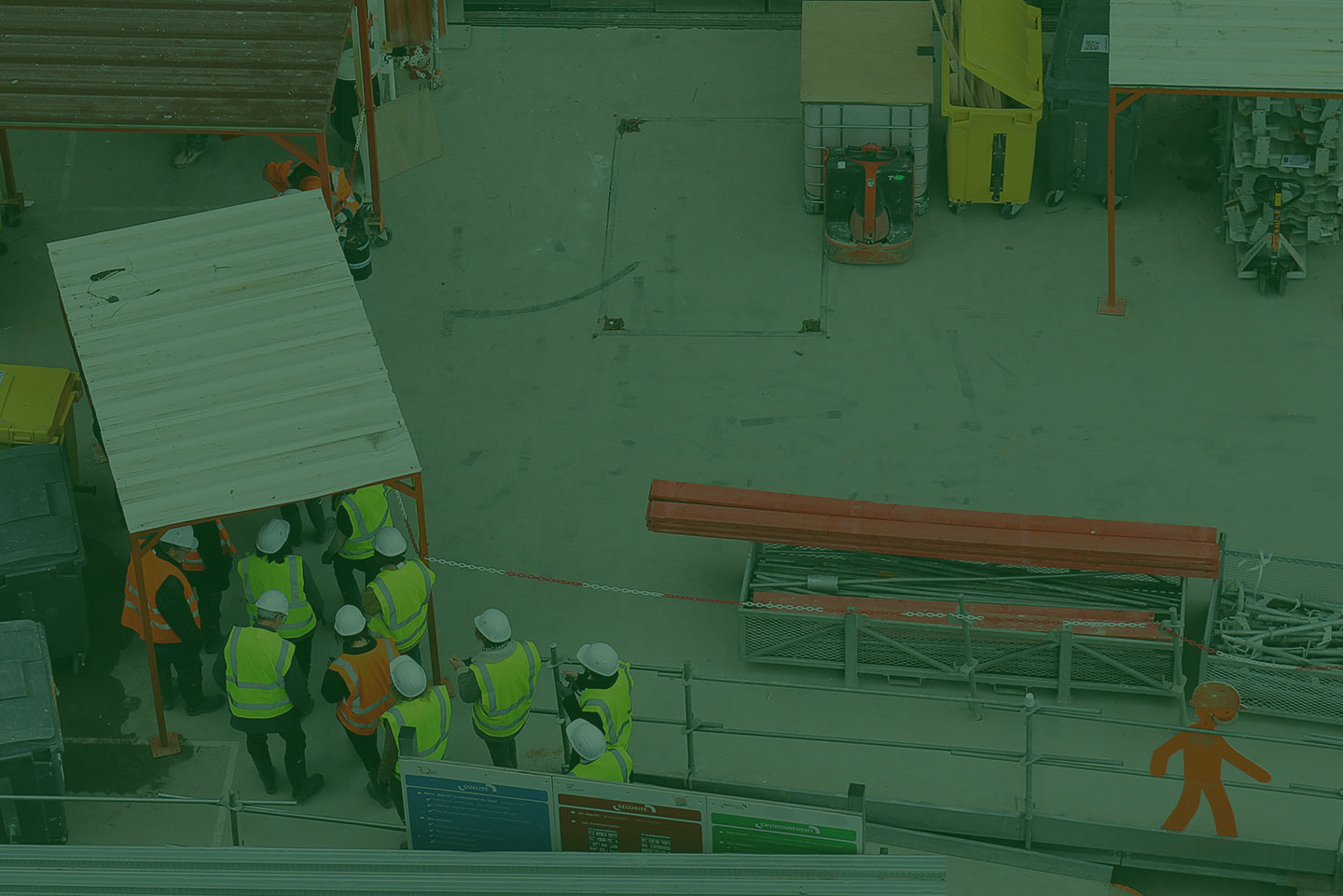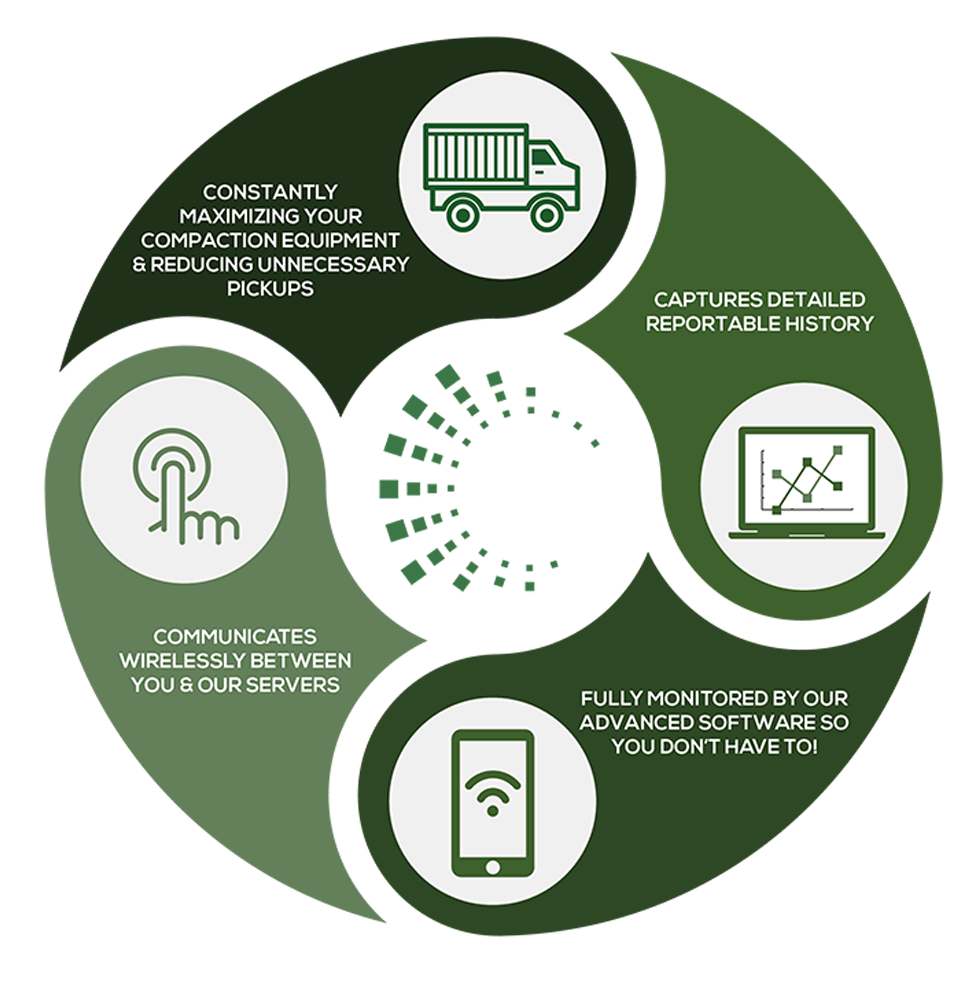
Waste Monitoring (Fullness Monitoring)
"Waste Monitoring" or "Fullness Monitoring" refers to technologies designed to monitor, measure and ultimately determine when a roll-off trash compactor is nearing capacity and requires being emptied.
Ways to Make Waste Monitoring more Efficient
The logic of using a waste monitoring or fullness monitoring system arises from the nature of roll-off trash service. The economics of standard dumpster service is based on routing. One truck services dozens of dumpsters along its route, reducing the cost per pickup per dumpster. Conversely, emptying a roll-off compactor is primarily a point-to-point service, with a dedicated truck driving to a location, removing the compactor or compacted receiver container, emptying it and then returning the equipment to the location.
The best way to mitigate the high cost of having a dedicated driver and vehicle service a single container is to endeavor to make sure the container is as near capacity as possible. "Waste monitoring" or "fullness monitoring" provides a valuable tool for doing so. You monitoring the volume of waste going into a compactor by measuring how full the container is getting, which is why this type of system is referred to as both "waste monitoring" or "fullness monitoring." Both are the same: measuring how full the compactor gets with waste, until you near the point that it must be emptied.
SmartTrash is a system specifically designed to accomplish this task, whether one calls is "waste monitoring" or "fullness monitoring." SmartTrash monitors the compactor's operation, measuring how full the container is getting with waste or recyclables. SmartTrash can then automatically alert site management or the hauler to schedule a pickup.

Benefits of Waste or Fullness Monitoring
- Automate haul service for you when full.
- Prevent early or late waste pick-ups.
- Avoid experience overflows
- Compatible with nearly all compactors in the market.